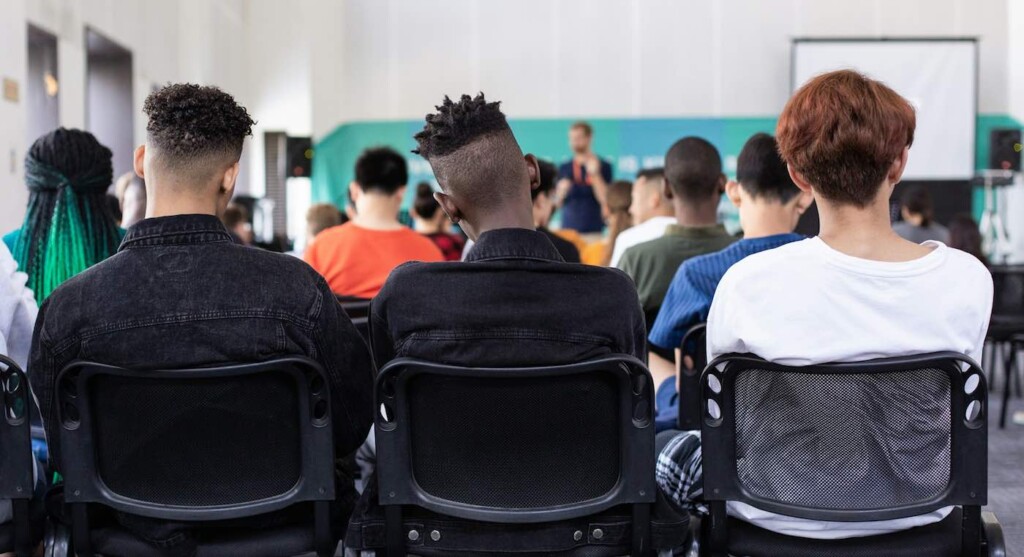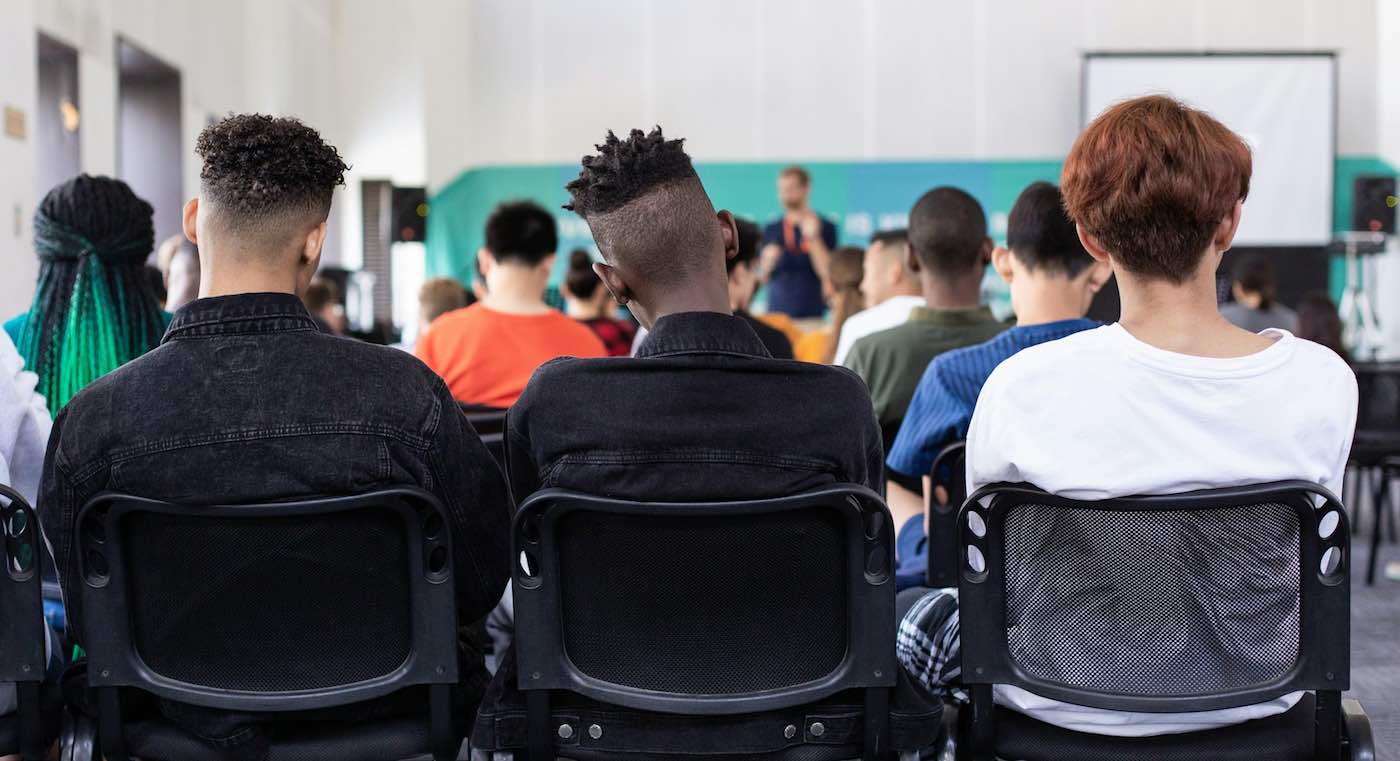
Researchers investigated whether letting students use their phones for very brief amounts of time can enhance classroom performance—and it seems to have worked.
Their long-term experiment showed that allowing one-minute mobile phone breaks in college classrooms could result in more focus, less mobile use during lectures, and higher test scores.
Phones can be useful tools for teachers to remind pupils of deadlines or encourage more exchange between students and teachers, but they can be distracting. On average, students were using their phones for non-academic purposes during lessons as often as 10 times a day.
The team in the U.S. investigated if letting students use their phones for very brief amounts of time—dubbed phone or technology breaks—can enhance classroom performance and reduce mobile use.
Participants were undergraduate students from a large Midwestern university enrolled in a lower division critical thinking course. The mean attendance over 22 class periods was 21 participants.
“To our knowledge, this is the first evaluation of technology breaks in a college classroom,” said study first author Professor Ryan Redner. “We showed that technology breaks may be helpful for reducing cell phone use.”
Throughout a full term, the research team evaluated the effectiveness of technology breaks, lasting one, two, or four minutes, respectively.
In some of the bi-weekly sessions, the researchers introduced equally long question breaks as a control condition. During the breaks, students were not allowed to use their phones but were encouraged to ask questions.
Both breaks occurred 15 minutes into the lecture element of class. In the study, phone use was defined as touching the phone.
The results, published in the journal Frontiers in Education, showed that when technology breaks were introduced, students generally used their phones less often than during the sessions with only question breaks.
During breaks lasting just 60 seconds, phone use was at its lowest, making them the most efficient at reducing the time students spent on their phones during class.
The researchers at Southern Illinois University say it is not yet fully understood why that might be, but Redner said one possibility is that one minute is enough time to read and send a smaller number of messages.
“If they have more time to send many messages, they may be more likely to receive messages and respond again during class.”
Higher Test Scores
The research team also found that in class sessions where one-minute breaks were in effect, students’ test performance peaked.
Higher average test scores for over 80% of participants were consistently observed.
“Our hope is that it means students were less distracted during lecture, which leads to better performance.”
FREE TUITION FROM BLOOMBERG:
• Michael Bloomberg Donates $1 Billion to Provide Free Tuition for Future Doctors at Johns Hopkins
• Bloomberg Gives Away Another $600 Million to Fund Medical Students–This Time, for 5 Historically Black Colleges
The researchers say that it is unlikely that students behaved differently knowing their phone use was monitored—an effect called “reactivity”.
“Typically, reactivity occurs early in a study and its effects are reduced over time. We may see some in early sessions, but I am not convinced that we had much reactivity.
“At this point, students are probably used to using cell phones in the college classroom, also under the observation of the professor and other students.”
While the results point to the possible effectiveness of short technology breaks, the researchers said further studies are needed.
“We are trying to find ways to reduce cell phone use and doing so without penalties.
ALSO CHECK OUT: More Teens Than You Think Understand the Positive and Negative Aspects of Smartphones–Survey
“We hope our findings inspire researchers and teachers to try approaches to reducing cell phone use that are reinforcement-based.”
SEND THIS UNIQUE IDEA To Teachers By Sharing on Social Media…




















